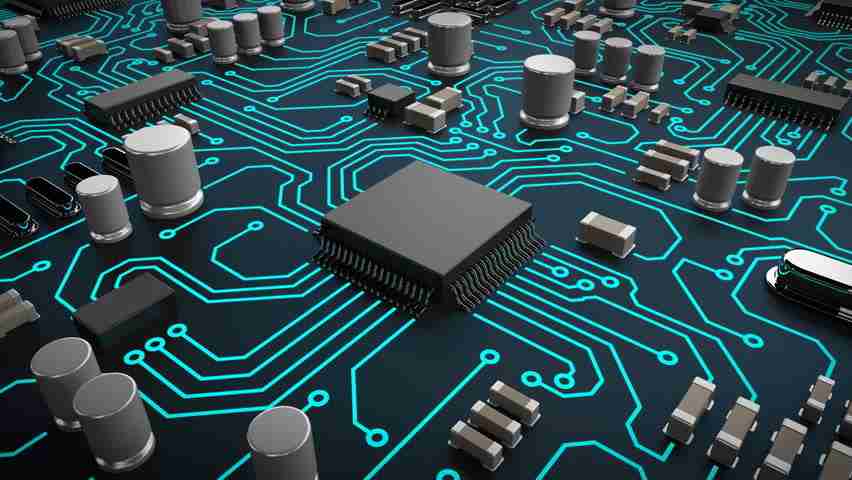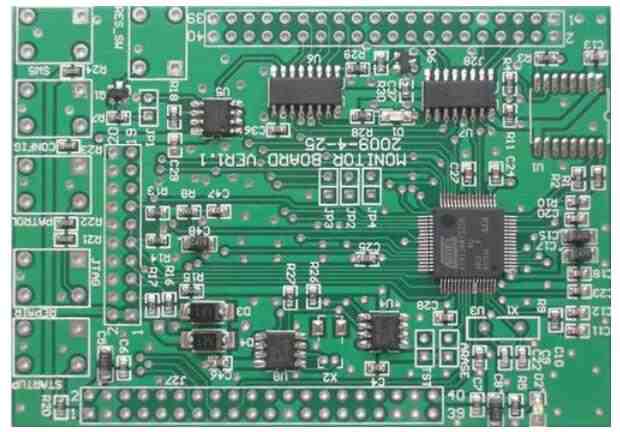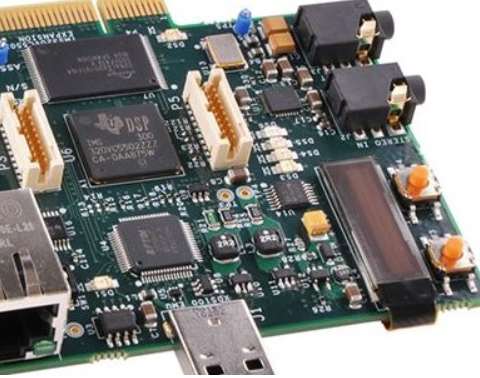
PCB industry is technology-intensive and capital-intensive, but it is still labor-intensive. A large number of automation equipment needs manual operation and assembly line operation. A medium-sized PCB enterprise has thousands of employees.
With the industrial transfer and upgrading, the implementation of the new labor contract law, the increase of urban living costs brought by the change of economic structure, as well as the difficulty and mobility of the post-80s and 90s workforce management, PCB manufacturers are experiencing more and more serious challenges of labor shortage and rising labor costs, as well as the consequent impact on production plans, product quality and profitability. At the same time, with the improvement of robot performance and the decline of price, replacing the traditional production mode of "automation equipment + industrial robot operation" with "automation equipment + manual operation" will become the trend of PCB industry transformation and development.
Typical application cases of robots:
1. Six-axis multi-joint robot is used for AOI detection process
Traditional AOI scanning machines rely on artificial board, turn over board and end board, a person to watch the two machines, do repetitive monotonous action every day, and just made circuit board will emit pungent smell to human body to bring certain harm, AOI scanning machine emit infrared light is also an invisible killer. We use a six-axis multi-joint robot instead of workers to take charge of placing, turning and receiving boards of two AOIs. Each shift can complete the replacing and receiving of more than 700 PCB hard boards, and the comprehensive efficiency can reach 1 piece /min(including the scanning time of AOI machine). If we can further connect the loading and unloading transport line with the retracting and unloading plate machine to the fixed line transport AGV, we can realize the complete automatic production of the upper and lower processes.
2. SCARA robot is used for circuit board coil detection process
At present, the complete set of detection equipment for multi-layer coil short circuit is still few on the market, most of the detection equipment is dependent on manual, the PCB board with large aperture is artificial to put the board on the detection equipment and then open the equipment for detection, the printed circuit board with small aperture needs manual equipment (probe) to detect each coil. We use SCARA robot to complete the loading and unloading and alignment placement of the detection equipment, so as to realize the one-time detection of all the coils of the board with large aperture. For the board with small aperture, we use SCARA device to fix the probe at the execution end and detect each coil with the probe through visual positioning. Our device also effectively avoids missing detection due to the small or large aperture of the coil during manual operation. Compared with manual operation, it can significantly improve the efficiency of detection and avoid quality problems caused by missing detection.

3. DELTA robot is used for packing Small circuit board products
The existing FPC tray is manually picked up and put into the plastic tray one by one. Because the FPC is soft and thin, it is very inconvenient to pick up, so the efficiency will be greatly reduced. Delta800 and a set of vision system can pick out qualified FPCS from the messy pile and then put them into the plastic tray according to the requirements, the effect is no less than manual. His speed can reach 60 pieces /min, completely can replace manual sorting and loading plate.
Industrial robots in PCB industry instead of human advantages
As in the automotive industry and other manufacturing industries, industrial robots are replacing humans in the PCB industry, giving companies many advantages.
1. Reduce labor use, speed up work tempo and improve work efficiency. The robot can achieve high speed and repeatability operation, which can be much higher than the working tempo of the manual, so as to greatly improve the work efficiency and reduce the labor cost and management cost.
2. Improve operation precision and product quality. Robots can use programming and vision systems to achieve accurate positioning and repetition accuracy, effectively improving product quality.
3. Avoid potential threats to workers' health and safety from the operating environment, saving investment in environmental safety.
4. Reduce the decline of efficiency and quality and the accident rate caused by the influence of repetitive and boring processes on the state of workers;
5. Optimize the operation process and reduce the working space.
6, effectively reduce the material consumption rate.
7, can be 24 hours continuous operation and work in the black light environment;
8, can make the manufacturing process flexible. In the future, there will be more and more small batch orders in the PCB industry. The use of industrial robots can greatly improve the flexibility of production and realize the rapid delivery of orders.
9. Improvement of brand image and reputation. The application of industrial robots has further improved the automation level of PCB manufacturers, driven the progress of product quality, production efficiency, cost control, response ability and so on, and improved the overall competitive strength of manufacturers in the industry.
At present, the application of industrial robots in PCB industry has just started, and there are still many problems to be solved. Many work lines in PCB industry are non-standard products. In the process of robot application, it is limited by the existing working space and the capacity of the original equipment. In the face of the influence of different PCB circuit board quality factors, it is necessary to consider the application of various sensors to improve the intelligence of robots, and also consider training a group of employees who can operate and maintain robots for manufacturers.
The future application of industrial robots in PCB industry will show the following trends:
1. From single station or single line application to multi-line application. It is difficult for existing PCB enterprises to fully introduce robots to realize automatic production, which requires a large amount of investment in transformation. However, it can be carried out step by step transformation on the single station and single line with the conditions, and then gradually expand the application range after achieving obvious results.
2. From the application of simple robots to the application combined with other intelligent equipment such as AGVs. At present, most of the material transfer between the production lines of each process is manual operation, which can be distributed and implemented by combining robots and AGVs to realize the orderly transfer of materials.
3. The existing factory is mainly used in local applications, while the new factory construction will be made overall planning and directly introduced into the application of robots and AGVs.
4. The combination of industrial robots and the Internet of Things will make the manufacturing process more intelligent and flexible.
To sum up, it can be predicted that industrial robots will be widely used in the PCB board industry in the future.






